-
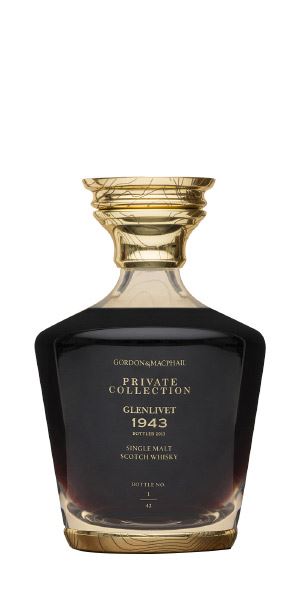
- Price band
-
£ £ £ £ £
- ABV
- 49.1%
- Production type
- Single malt whisky
- Region
- Speyside
- Flavour camp
- Rich & Round
- Nose
A rich, glowing reddish mahogany, it immediately envelops you with a headily intense array of aromas, as if every element contained within the cask wants to leap out simultaneously, having been trapped for so long. It gives the opening a mysterious, somehow velvety, powerful immediacy. There’s dried fruits, dried Seville orange peel and cooling home-made marmalade, then heavy beeswax and a classic note of polished church pews. In the background are some light, suet-like notes and leather, then clover honey on brioche. It’s confounding and contradictory, and also amazingly fresh and lively. As it opens, so this immediacy starts to slow and it begins to exude a drowsy, concentrated, soporific honeyed element, along with some ginger and cooked-down peach. Then a tiny thread of smoke emerges along with a prickle of alcohol – and we are finally in the last chapter as rancio takes over: an old bookbinder’s shop, resin and a lightly meaty element akin to veal stock. The oak is now starting to show a firmer hand, but among the aromas of autumnal beech woods there’s a sprinkling of turmeric, some clove and, at the very end, tiny glimmerings of fresh fruit. Water? No.
- Palate
This reverses the progression seen on the nose, starting quite smoky with darker elements that move into anise, damask rose, then bitter chocolate. A tiny sip fills the mouth. Inevitably, there is more grip. The leather tightens, there’s a bitter edge, but it’s followed by a burst of sunlight onto straw. Perhaps it is less expressive than the nose, but that isn’t uncommon for venerable spirits. It has retained its scented quality and slowly moves towards the finish with flavours of liquefied liquorice, coal ash and walnut skin.
- Finish
Drying and lightly smoky. There’s a hint of aromatic bitters, dried mushroom, an old wine cellar and the end of a satisfying vintage cigar – Punch perhaps. Then something amazing happens. A full 10 minutes after you’ve swallowed it, a burst of sweet citrus, mango and peach appears out of nowhere. It’s as if the spirit of the spirit has finally been liberated.
- Conclusion
I only had 1cl to taste and, to be honest, such is the concentration that it was sufficient. Price is by now irrelevant. A truly remarkable experience which I feel is damaged by crudely putting a score to it because it, like all whisky, is about so much more. How can you measure intrigue, investigation and pleasure numerically?
- Right place, right time
An alchemist’s chamber in Venice.
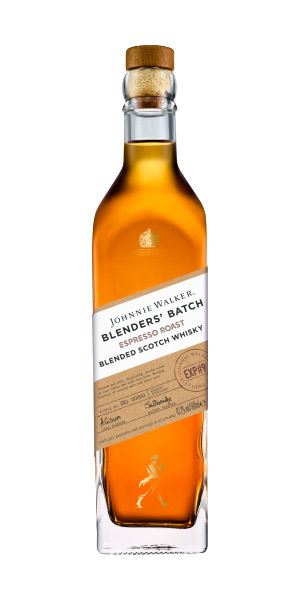
- Price band
-
£ £ £ £ £
- ABV
- 43.2%
- Production type
- Blended Scotch whisky
- Region
- n/a
- Flavour camp
- Rich & Round
- Nose
The espresso element is there, but perhaps unexpectedly it’s in the background to start with, just contributing a lightly bitter, earthy note. While initially it may seem dry and concentrated, there’s ripe black fruits and a grassy undertone, meaning things are moving in multiple directions. In time, you get a light, malted element akin to dark grains, but it sits alongside this fresh, bright element, which again helps to balance the bitter side as everything slithers (weirdly, given the other newbie in the series, below) towards molasses. Water brings out treacle scones, a heavy roasted cacao note and more of the maltiness and cereal, as well as the smoke which signifies it as being part of the Walker family. Deep and grunty.
- Palate
The espresso notes now charge through, but their drying effect is counterbalanced by blackcurrant and a sweet core. Excellent flow and rounded, rich softness in the centre. The smoke works its way through, linking with the chocolate. Water makes things a little drier, but extends the palate.
- Finish
Long citrus and coffee.
- Conclusion
A real success. One for bartenders, I’d think, and for mixed drinks rather than sipping on its own. Proper innovation. And I don’t even drink coffee.
- Right place, right time
Caffè corretto in Kirkcaldy.
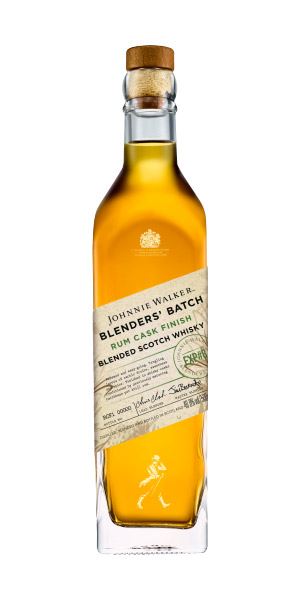
- Price band
-
£ £ £ £ £
- ABV
- 40.8%
- Production type
- Blended Scotch whisky
- Region
- n/a
- Flavour camp
- Fruity & Spicy
- Nose
Decidedly rummy, with a punchy, pungent Jamaican pot still impact from the word go. There’s funky, overripe pineapple soused in booze, tropical fruits, fermenting banana skins and the hint of acetone which estery rum brings. Then comes brown butter, Demerara sugar, bruised plum and set honey. It shows good complexity and, while the rum elements are high – and balance the fruity element of grain and malt – there’s also a cashew-like nuttiness that says: ‘I’m still Scotch.’ With water you pick out some grass as well as crushed cane and banana grove. Heady and rather lovely.
- Palate
Big and sweet, with thick maple syrup, then mace and cinnamon. There’s now a softer (grain?) element at work, making things lip-smackingly delicious. The pot still rum now blasts in with its signature retronasal pungency. The back-palate is slightly more crunchy, while water builds up more toffee and ripe fruits. Balanced.
- Finish
Drying, with touches of black grape.
- Conclusion
Rum casks would have been widely used by Walker in the 19th century, so this is in many ways a return to first principles. A great glass. The question is: has the whisky been lost in the rum? And: does it matter? One for a mixed drink.
- Right place, right time
Doing the mambo in Methil’s tiki lounge.
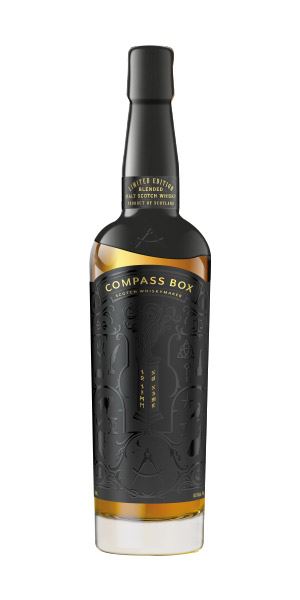
- Price band
-
£ £ £ £ £
- ABV
- 48.9%
- Production type
- Blended malt whisky
- Region
- n/a
- Flavour camp
- Smoky & Peaty
- Nose
To start with there’s an iodine element mixed with the aroma of a lido, then the medicinal element starts to dominate, all bandages and ointment. As things develop, so a calmer, sweeter and slightly sootier element emerges, to which is added Spangles, Kola Kubes and peat ash. Things move inexorably towards tarriness, but the key here is the balancing creamy element (this is Compass Box, after all), which smooths out the phenols. In time you pick up oils and candied peel. Water explodes all of this to the four corners. The smoked elements are there, but so now is an added saltiness, eucalyptus, Olbas Oil, a hint even of smoked meat rubbed with thyme and a mix of cooked red and black fruits.
- Palate
A dry and ever so slightly dusty start, like cobwebs in a dunnage warehouse in a distillery beginning with A in Kildalton, then comes Danish liquorice and pepper. With water, things become even more complex, with an added nuttiness underneath. Rounded and oily, massage oil and steam, then smoked ham and a thick plum jam sweetness. Balanced, complex and long.
- Finish
Peppery and lightly oily.
- Conclusion
A thing. A must-try.
- Right place, right time
Wet kelp on an equally wet dog.
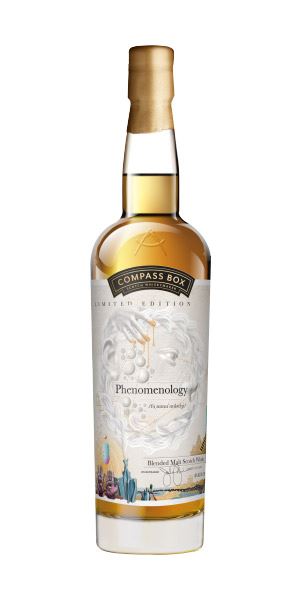
- Price band
-
£ £ £ £ £
- ABV
- 46%
- Production type
- Blended malt whisky
- Region
- n/a
- Flavour camp
- Fruity & Spicy
- Nose
Fruity! Ripe melon, then Turkish Delight (specifically fruits and the fragrance of rosewater) and some heavy florals – frangipan. In time you get a mix of pear and nectarine topped with whipped cream scented by lemon zest. There’s a tiny drying oak edge which helps give some restraint. As it develops there’s Muscat grape skin and more of the green and yellow fruits. All super-ripe, and sweet. While it seems delicate, you can tell there’s something of substance below. In time, an overpowering scent of lychee and some fruity olive oil. Water brings the green fruits forward, along with humid tropical vegetation. Complex and layered, balancing the subtle and light together.
- Palate
A soft and quite thick start with quite perky alcohol adding lift. The mid-palate is filled with tropical fruits – passion fruit now emerges – rolled in sugar with balancing grassy intensity. The sensation is of a revolving ball of soft fruits in the centre of the tongue. Then a thread of acidity punctures it and leads into the finish.
- Finish
Bright, clean and slightly sweet, with some fresh pineapple.
- Conclusion
What’s phenomenology? Being aware of and engaging with what is around you; sensation, not numbers.
- Right place, right time
Light linen blowing in the breeze by the Indian ocean. Let the Muppets explain phenomenology to you all.
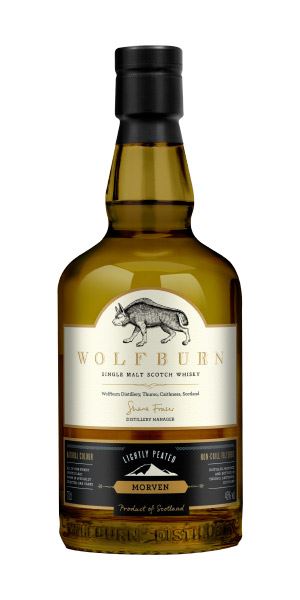
- Price band
-
£ £ £ £ £
- ABV
- 46%
- Production type
- Single malt whisky
- Region
- Highland
- Flavour camp
- Smoky & Peaty
- Nose
Young and fresh. There’s a distant mineral, ozonic, salty, clam broth, dashi thing going on, but in the background. The main aromas come from fresh barley and a green element, like cobnut, birch sap wine, rain-dampened moss. Slowly some smoke comes through, making things all rather refreshing and cool. As you inhale, there’s some heather. Water does show up a slightly edginess, as if the peat needs to jostle its way in a little more.
- Palate
It has that Wolfburn (and how great it is to write that line?) fatness of spirit adding roundness and body – especially to the mid-palate. That saltiness is here as well. Water softens it down and also links the different elements well, but never losing character. There’s a light chilli flake heat, but the soft fruits on the mid-palate are key.
- Finish
Spice, cereal and light smoke.
- Conclusion
Just at the start of its maturity. Think of it as a northern Kilchoman. Marked to its competitive set.
- Right place, right time
Scrabster harbour after a spring shower.
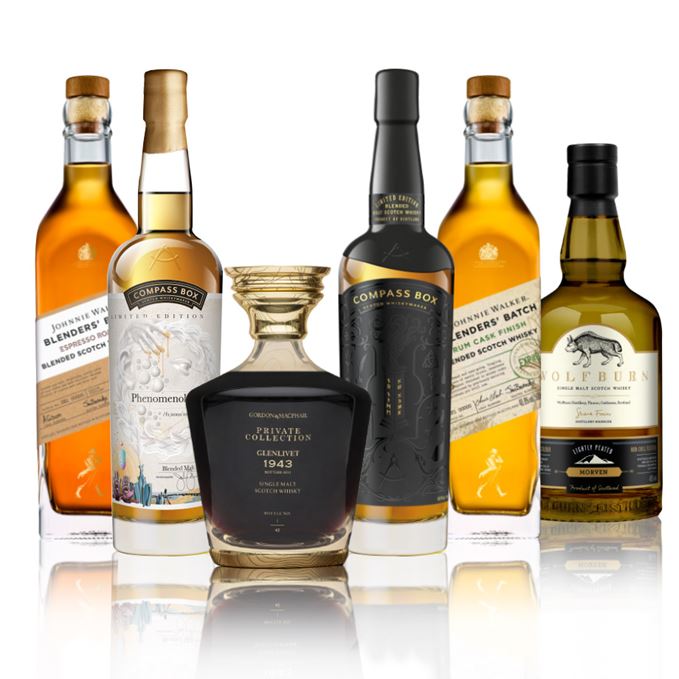
There are tastings – and there are tastings. When a grizzled whisky veteran like our esteemed chief engineer, Dave Broom, talks of ‘one of the best new whisky batches I can remember’, it’s something not to be taken lightly.
What is it that has so taken his fancy this week? Well, it might be the chance to sample a 70-year-old Glenlivet single malt, bottled by Gordon & MacPhail and yours for a cool £30,000. But this is a whisky that transports Broom to a world where such details – price, score – become irrelevant.
Follow that. And we do, with two innovative blends from Johnnie Walker. Both take the world’s leading blended Scotch off on a tangent – espresso roast and rum cask respectively – and both are, in their own way, very successful, even to a coffee-averse Mr Broom.
From blends to blended malts, but the standards show no sign of slipping. Compass Box’s latest releases, No Name and Phenomenology, have (as ever) intriguing back-stories, but it’s the liquid we’re concerned with here. And what liquid!
Following three established names, we close with a highly promising newcomer. After robbing Pulteney of the title of Scotland’s most northerly mainland whisky distillery, Wolfburn is now grabbing the headlines with a string of excellent young single malts.
Morven is its latest incarnation, and leaves a highly satisfied Broom singing the praises of its distinctive character: ‘Think of it as a northern Kilchoman,’ he says, and smiles (for once).

